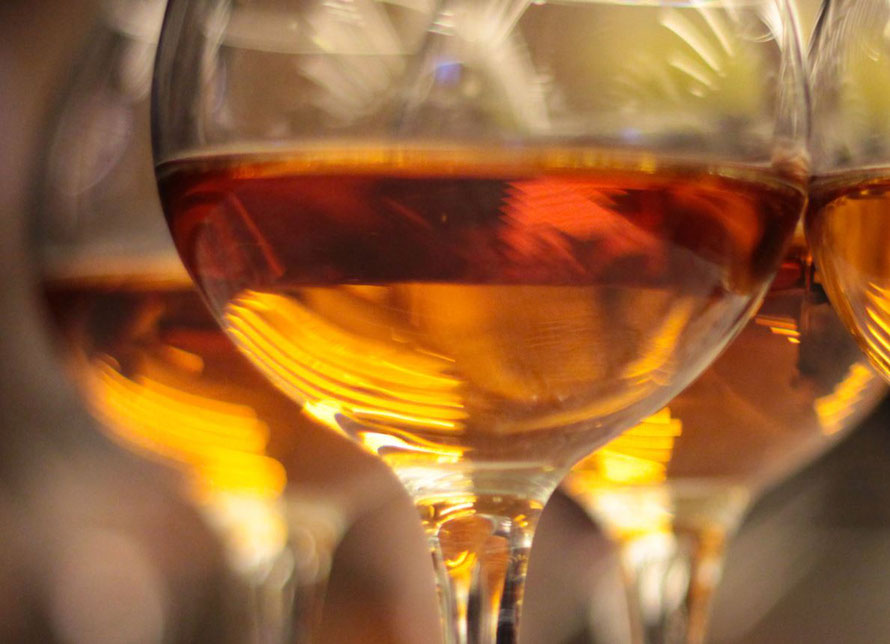With winter approaching, now is the time to take a closer look at a novelty in wine country. Orange wine. A category of wine so self-contained, with flavours and aromas so different that - really - they are often winter wines par excellence. By Huib van Edixhoven
More and more often, wine drinkers are mouthing the words orange wine or orange wine. They are not talking about a Dutch wine or an alcoholic drink made from oranges, but about a particular kind of wine. A very special one, you could say. The average wine drinker will probably think that orange wines are something completely new. The term has also only existed since 2004. It was coined at the time by British wine importer David Harvey to designate a new group of wines with a very distinctive character. But new? A novelty? No, this way of making wine is actually inspired by wines from ancient times.
Very different
If you have never had an orange wine before, be prepared for a completely new experience. Do not make the mistake that it will be similar to a fruity rosé or a powerful white wine. Orange wines are different. Often very different. They are particularly dry wines, with a colour that usually looks orange, but it absolutely does not have to be. In fact, it is not the colour but the method of making it that determines whether something is an orange wine. White wines are traditionally made only from the flesh of the grape, without the skins and seeds. Orange wines are made like red wine, but from white grapes. This means that the skins and seeds are (partly) included in the fermentation. Depending on a number of choices the winemaker then takes, the colour in the glass ranges from pink, yellow, gold, orange to even amber.
Read the full story in WINELIFE #55. Buy it in shop or order it here.
Don't want to miss a single edition? Subscribe then subscribe to Winelife magazine now!




